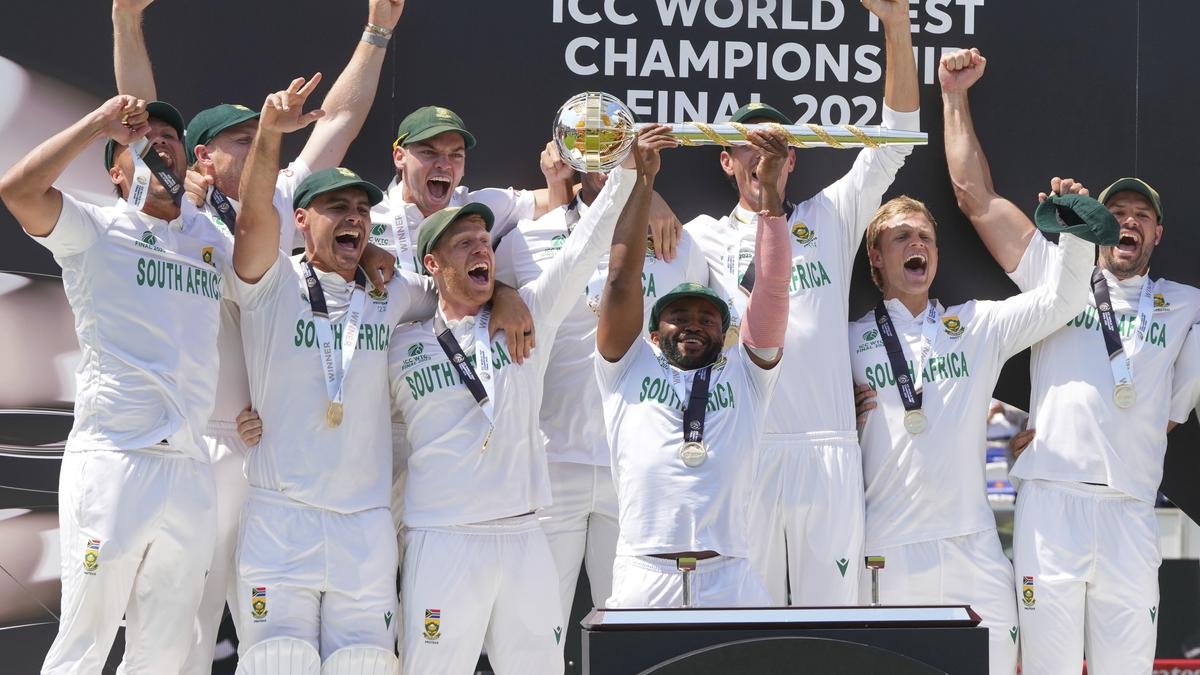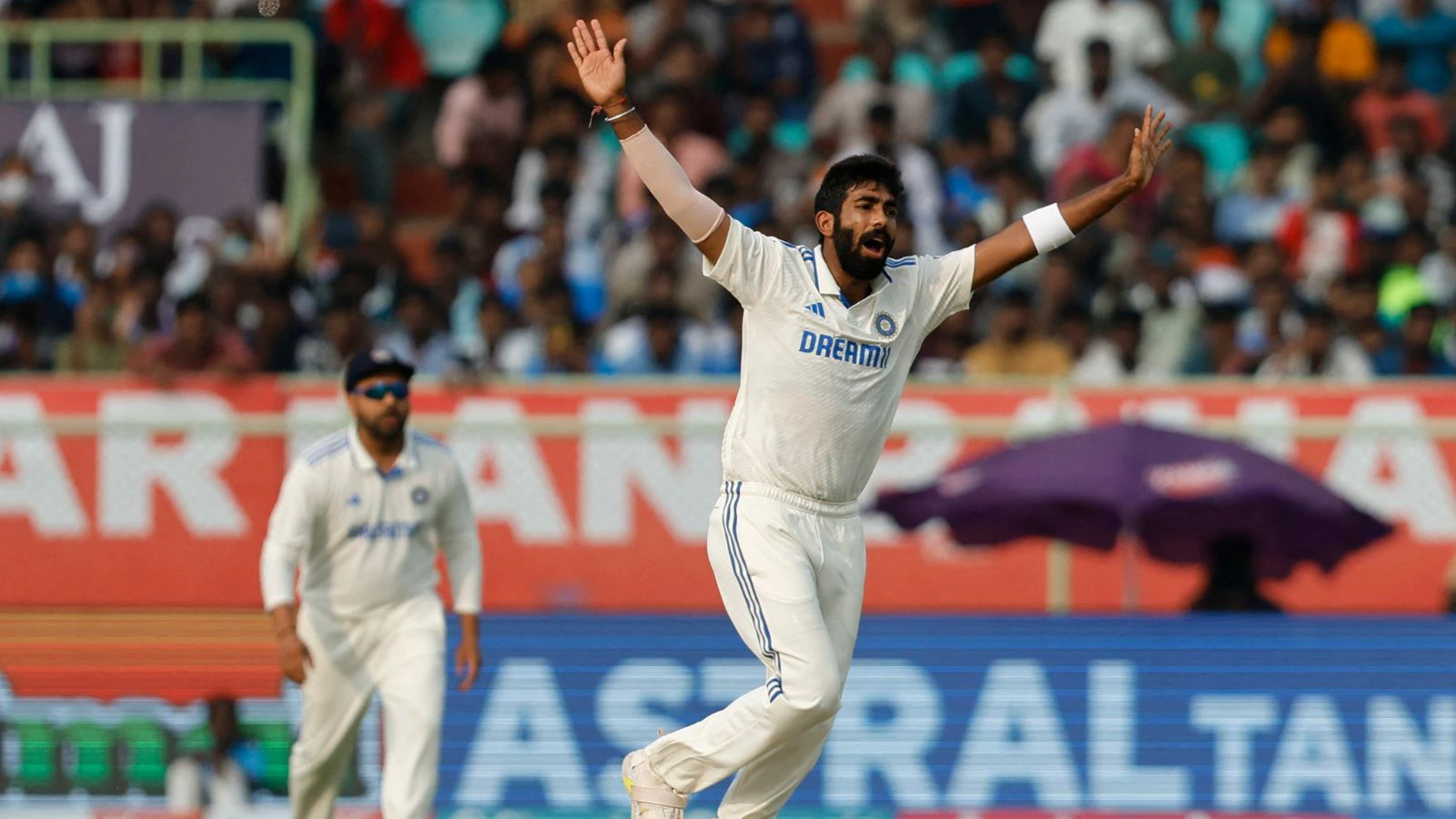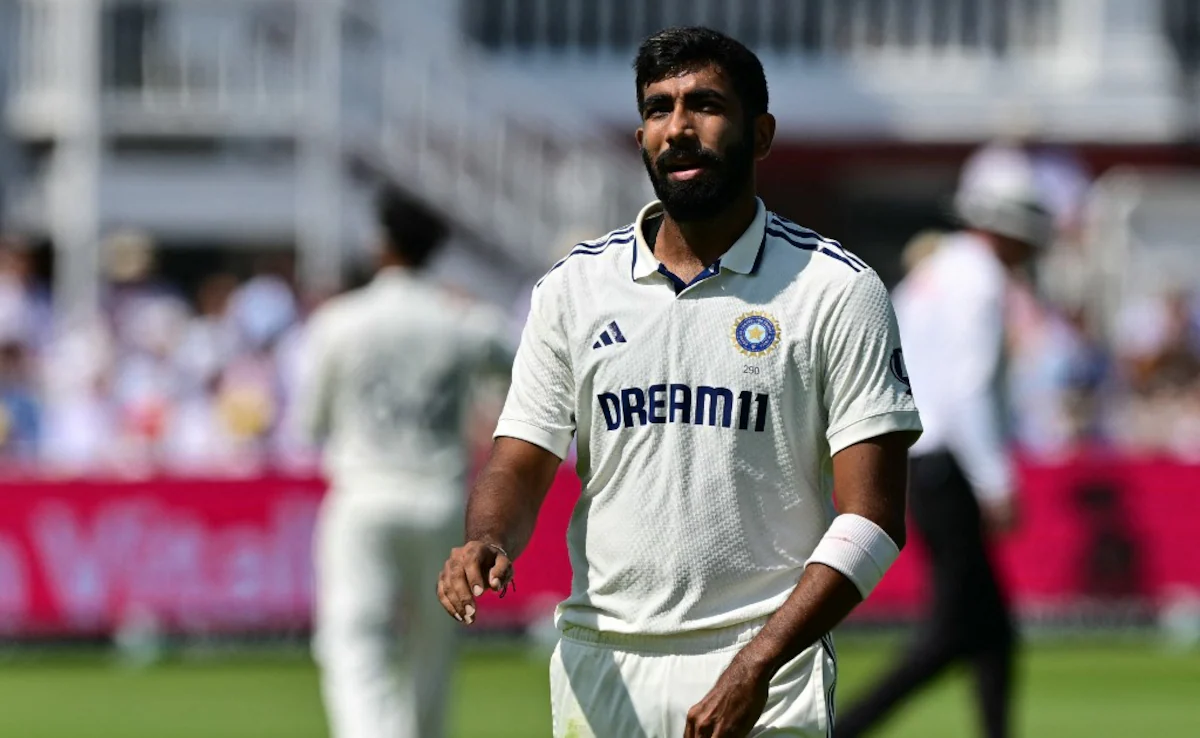Representational Image
India’s Union Cabinet, chaired by Prime Minister Narendra Modi, has officially approved the National Sports Policy 2025, a landmark initiative designed to position India as a global sporting powerhouse. Dubbed “Khelo Bharat Niti,” the policy replaces a two-decade-old framework and aims to create a high-performance sports ecosystem aligned with India’s bid to host the 2036 Olympic Games.
Five Core Pillars of the Policy
The National Sports Policy 2025 (NSP 2025) is built on five strategic pillars:
- Excellence on the Global Stage
This pillar outlines a pipeline from grassroots to elite-level sports. It focuses on early talent identification, competitive leagues, professional coaching infrastructure, rural and urban sports development, and improved governance of sports federations. - Sports as an Economic Engine
The policy positions sports as a driver of economic growth. It includes strategies to promote sports tourism, attract international events, encourage sports entrepreneurship, boost domestic sports manufacturing, and leverage public-private partnerships. - Sports for Social Development
The policy promotes inclusivity by engaging women, underprivileged groups, tribal communities, and people with disabilities. It also aims to revive indigenous games and facilitate dual-career pathways that integrate sports and formal education. - Sports as a People’s Movement
Mass participation is encouraged through community campaigns, fitness drives, yoga events, and family sports weekends. Institutions will be ranked on fitness indexes to foster a culture of physical activity and wellness. - Integration with Education
Aligned with the National Education Policy 2020, sports will be embedded in school curricula. PE teachers and coaches will receive specialized training to elevate physical education standards nationwide.
Strategic Framework and Governance
The policy lays out a multi-layered governance structure:
- Establishment of a Sports Regulatory Board to monitor sports federations, legal frameworks, and administrative standards.
- A national performance monitoring system with measurable KPIs to track implementation success.
- Incorporation of emerging technologies like AI and data analytics to improve athlete development and sports administration.
- A whole-of-government approach, ensuring coordination across ministries and departments.
- Introduction of a model state-level sports policy to align regional sports strategies with national goals.
Olympic Ambitions and Global Events
India has made clear its intention to bid for the 2036 Summer Olympics, with Ahmedabad emerging as a potential host city. To build credibility, the government plans to organize major international events including U-20 Athletics, Women’s Volleyball Championships, and the World Police and Fire Games.
These initiatives are part of a larger goal to turn India into a preferred sports tourism destination, driving global visibility and domestic economic benefits.
Unlocking Economic Potential
India’s sports economy is expected to grow to $130 billion by 2030, up from $52 billion currently. The NSP 2025 seeks to capitalize on this growth through:
- Strategic infrastructure investment.
- Support for sports tech startups and innovation.
- Expansion of digital engagement and viewership across sports genres including football, kabaddi, and esports.
The policy also encourages Corporate Social Responsibility (CSR) funds and venture capital inflows into sports-based businesses and federations.
Driving Social Transformation
Beyond elite performance, the National Sports Policy 2025 focuses on social impact:
- It promotes grassroots access to sporting facilities and training across diverse demographics.
- Revival of traditional Indian games under the “Bharatiya Khel” initiative.
- Encouragement of sports volunteerism and career mobility for athletes into education and administration.
This approach ensures that sports development is not just top-down but community-driven.
Implementation Challenges
While the policy is comprehensive and visionary, successful execution will depend on:
- Effective coordination between central and state governments.
- Accountability in sports federation governance and transparency.
- Sustainable private investment and innovation support.
- Public buy-in to ensure grassroots momentum is sustained.
Conclusion
The National Sports Policy 2025 marks a transformative moment in India’s sporting journey. It combines high-performance aspirations with economic foresight and social inclusivity. By integrating sports with education, governance, health, and technology, India aims to cultivate a culture of excellence and participation.
If implemented effectively, NSP 2025 could unlock India’s potential not just to compete but to lead on the global sporting stage—paving the way for Olympic glory and widespread societal impact.
Follow us for latest updates:




